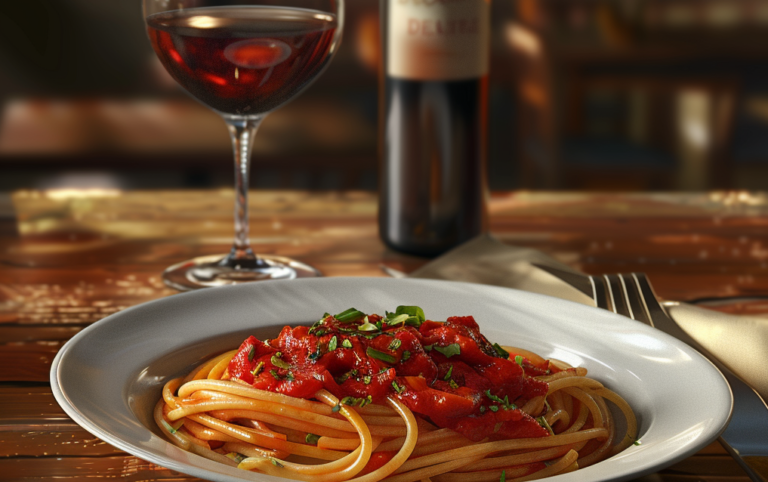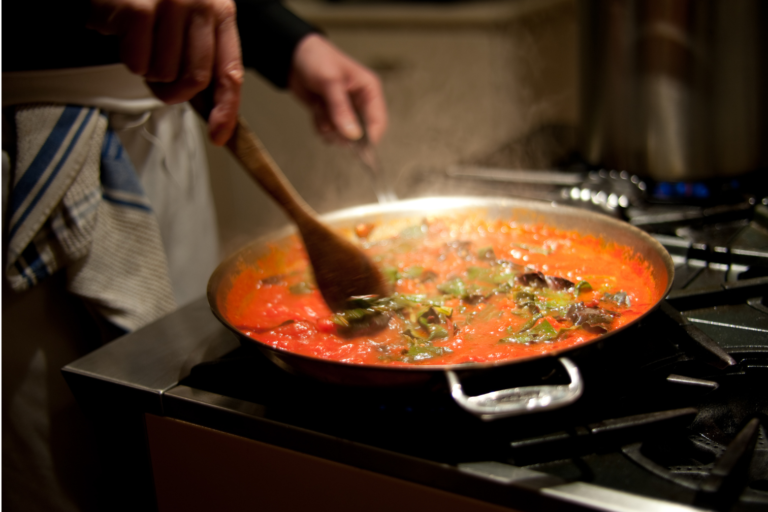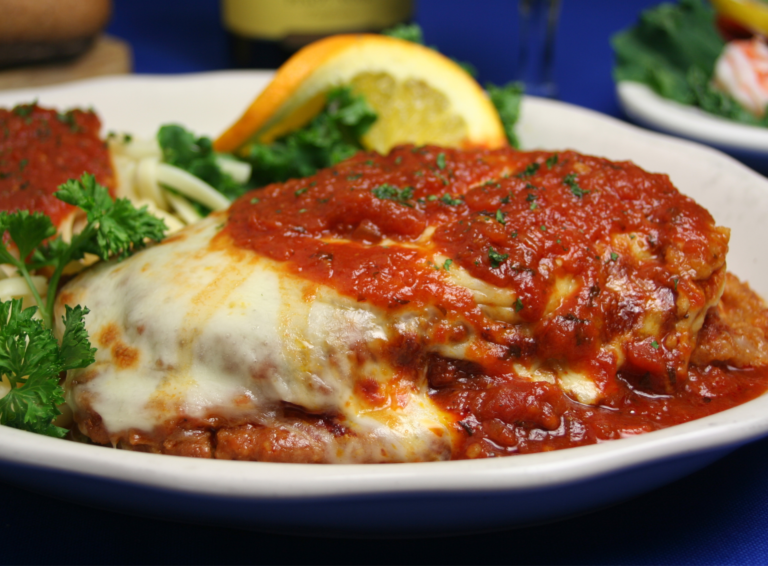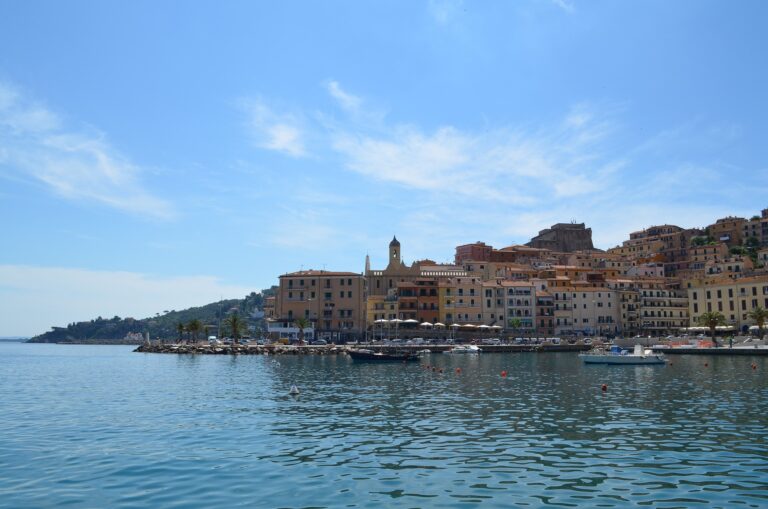Exploring the New Wave of Italian Rosé Wines in America
Rosé wine has taken America by storm. You see it at picnics, parties, and even just relaxing…

Rosé wine has taken America by storm. You see it at picnics, parties, and even just relaxing at home. But while the pink wines of Provence get a lot of attention, there’s a whole world of delicious rosé waiting to be discovered – and it’s coming straight from Italy. Let’s take a look at the Italian “rosato”, and how it is making waves here in the United States.
What Exactly is Rosé?
Before we dive into Italy, let’s cover the basics. Rosé isn’t a mix of red and white wine, like many people think. Instead, it’s made from red grapes. The juice from these grapes only gets brief contact with the dark grape skins, giving it that lovely pink color. Think of it like steeping a tea bag for a short time – you get some of the color and flavor, but not the full intensity. Different grapes and winemaking methods create a variety of rosé styles, from light and crisp to richer and fruity.
Why Italian Rosé is Gaining Popularity
For a long time, French rosé dominated the American market. But things are changing. People are looking for new flavors and experiences, and Italian rosato offers just that. There are several reasons this wine is gaining a larger audience.
- Diversity of Flavors: Italy has a huge variety of grapes and wine regions. This means Italian rosés offer a wide range of tastes. You’ll find everything from dry, mineral-driven wines to fruity, floral ones.
- Food-Friendly: Italian rosés are incredibly versatile when it comes to food pairings. They can handle everything from light salads and seafood to grilled meats and spicy dishes.
- Affordable Options: Compared to some French rosés, many Italian rosatos offer excellent value for the price.
- A Taste of Italy: For those who love Italian culture and cuisine, enjoying a glass of Italian rosé is like taking a mini-trip to Italy.
Italy’s Rosé Regions: A Quick Tour
Italy has many regions that produce rosato, each with its own unique character, including my family’s two home regions, Abruzzo and Sicily.
- Abruzzo: An expansive region in central Italy stretching from the mountains inland to the Adriatic coast, Abruzzo is known for its Cerasuolo d’Abruzzo. This rosé is made from Montepulciano grapes and has a deeper color and richer flavor, with notes of cherry and spice.
- Puglia: In the “heel” of Italy, Puglia produces rosatos that are light, refreshing, and often made from Negroamaro or Primitivo grapes. Expect flavors of red berries and floral notes.
- Sicily: This island region offers rosatos with a Mediterranean flair. Made from grapes like Nero d’Avola, they often have a dry, fruity taste with a hint of herbs.
- Veneto: Although known for their white wines, this region also makes some excellent rosato. The Bardolino Chiaretto is a popular example.
Finding the Right Italian Rosé for You
With so many options, how do you choose the right Italian rosé? Here are some tips:
- Consider the Region: Think about the flavors associated with each region. If you like fruity wines, try a rosato from Puglia. If you prefer something richer, go for an Abruzzo.
- Look for Dryness: Many Italian rosés are dry, meaning they’re not sweet. If you prefer a sweeter wine, look for labels that indicate “amabile” (slightly sweet) or “dolce” (sweet).
- Check the Grape Variety: Different grapes offer different flavors. Learning about the grapes used in Italian rosato will help you find a wine you’ll enjoy.
- Ask for Recommendations: Don’t be afraid to ask your local wine shop for recommendations. Tell them what kind of flavors you like, and they can point you in the right direction.
Food Pairings: A Rosé for Every Meal
One of the best things about Italian rosé is how well it pairs with food. Here are some ideas:
- Light Appetizers: Pair a crisp rosato from Puglia with bruschetta, olives, or light salads.
- Seafood: Rosé from Sicily is excellent with grilled fish, shrimp, or seafood pasta.
- Grilled Meats: A richer rosato from Abruzzo can handle grilled chicken, pork, or even a light steak.
- Spicy Dishes: The fruity notes in some rosatos can balance the heat in spicy foods.
- Pizza: A dry rosato is a classic wine pairing with pizza, especially those with tomato-based sauces.
- Cacio e Pepe: For a Cacio e Pepe wine pairing, consider an Italian rosé with bright acidity and fruity notes, like a Cerasuolo d’Abruzzo or a Montepulciano Rosato, to complement the dish’s creamy and peppery flavors.
The Growing Trend: Statistics and Observations
The interest in Italian rosato is not just anecdotal. According to recent wine market data, there has been a significant increase in the importation of Italian rosé wines into the United States. In the past three years, imports of Italian Rosé wines to the US have increased by approximately 25%.
The Future of Italian Rosé in America
The future of Italian rosato in the US looks bright. As more people discover the diversity and quality of these wines, their popularity will continue to grow. Winemakers in Italy are also focusing on producing high-quality rosatos that appeal to the American palate.
So, the next time you’re looking for a refreshing and versatile wine, consider trying an Italian rosato. You might just discover your new favorite pink drink.






